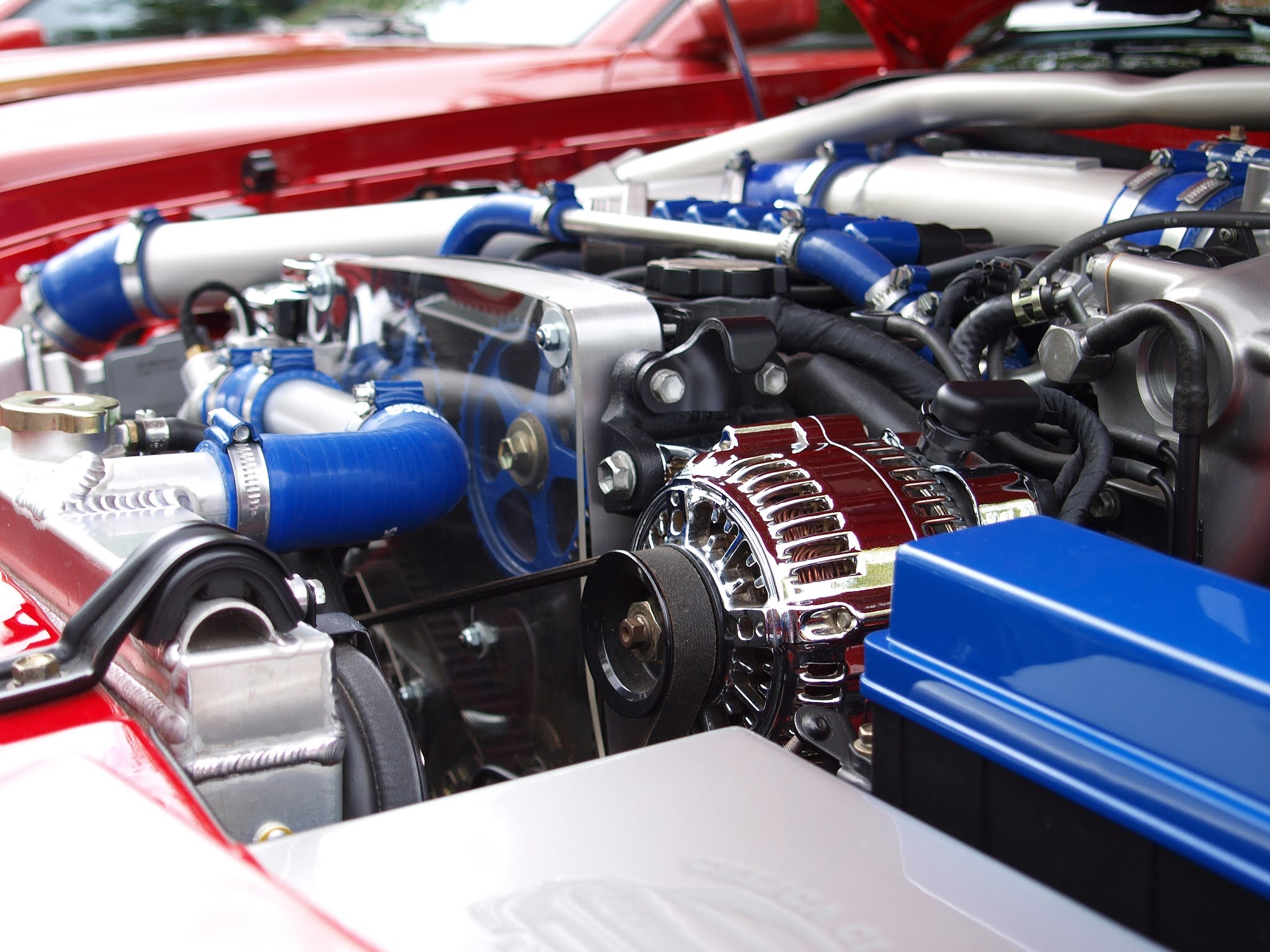Fuel Pump : All Things You Need To Know
Fuel Pump
A fuel pump is a component in automobile engines that transfers fuel from the fuel tank to the carburetor or fuel injector of the internal combustion engine via fuel pipeline. In automobile industries there are two types of fuel pumps that are being frequently used. These are AC mechanical pump and SU electrical pump. AC mechanical pumps are mounted near or on the engine. This mechanical pump contains an airtight, flexible diaphragm (made of cotton impregnated synthetic rubber) attach which is linkage to a rocker arm. The rocker arm rests on offset or an eccentric, section of the engine camshaft when the engine is running. In its working, the rocker arm motion is provided by camshaft (eccentric). Rocker arm is pivoted at a point called pivot thus provides leverage action about pivot and enables other end of rocker arm to move up and down. The other end of rocker arm is connected to a pull rod which supports diaphragm valve on diaphragm relief spring. The downward motion of diaphragm spring creates vacuum in the pump which leads to suction of fuel and upward motion of diaphragm supplies fuel under pressure to the carburetor side. By this ways fuel pump works and the pressure is maintained in fuel pipe. This pressure ranges from 20 kPa to 35 kPa. The control of this line pressure is very important because low pressure will not supply sufficient fuel and high pressure will lead to flooding of carburetor. This pressure is maintained by diaphragm relief spring. The diaphragm is made of cotton impregnated with synthetic rubber.
 |
| Fuel Pump Integrated With Engine |
In SU electrical pump diaphragm is also used but the motion for pull rod, which supports motion of diaphragm relief spring, is provided electromagnetically and the rest working is same as mechanical pump. Electrical pump starts operating after ignition key is inserted (before engine starting) but the mechanical pump works only after engine starting and as the mechanical pump is mounted on the engine, due to heating of engine fuel in fuel pump starts to evaporate. To accommodate this vapor a separate special line from fuel pipe to fuel tank is provided where fuel is condensed. In advance automobile this system is called “vapor recovery system”.
How to maintain a fuel pump?
Fuel pumps are not the part of regular maintenance but the inspection is required. They are to be replaced or require a small repair when needed. General life of a fuel pump is 100000 miles. Here is the list of symptoms that means your fuel pump needs some attention.
Your Car Would not Start: There are a host of issues that could prevent a car from starting, but a lack of fuel is one of the first things to check. If the fuel pump can’t send fuel to the engine, it won’t start.
Sputtering: If the vehicle starts but runs rough and possibly stops, the engine might not be getting enough fuel.
Car will not take Heavy Load: If you test your vehicle’s limits, whether that be hard-driving or hauling extra weight and the power cuts off, it might be a symptom the fuel pump cannot keep up with the driver’s demands.
Inconsistent and Unintended Acceleration: If the amount of fuel isn’t properly regulated by the fuel pump, a car could accelerate without input due to an average of fuel.
Decreased Fuel Efficiency: If you notice your vehicle is suddenly gulping more gas than usual, the fuel pump could be damaged and sending the incorrect amount of fuel.
Increased Engine Temperature: If fuel pump fail to provide the proper amount of gas/fuel to the engine, the engine could be overstressed and this could lead to an irregular rise in temperature.
 |
| Fuel Pump In Car Bonnet |
